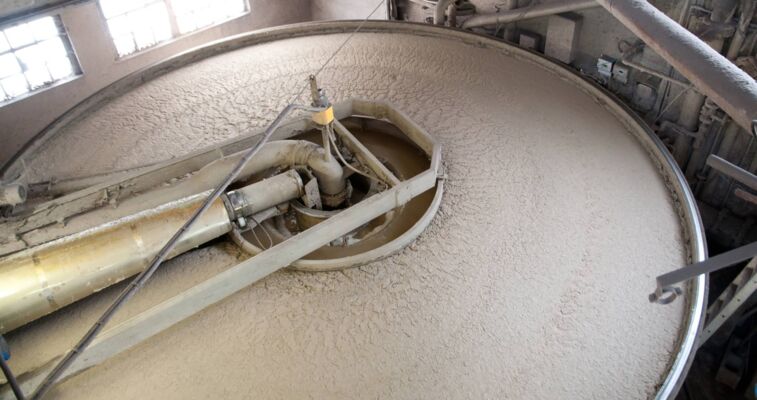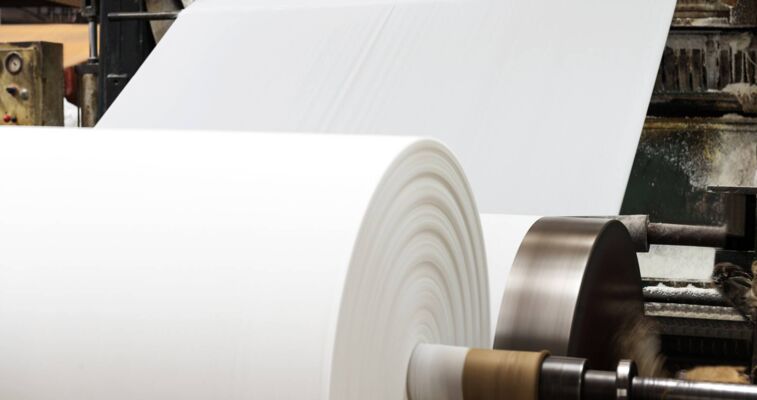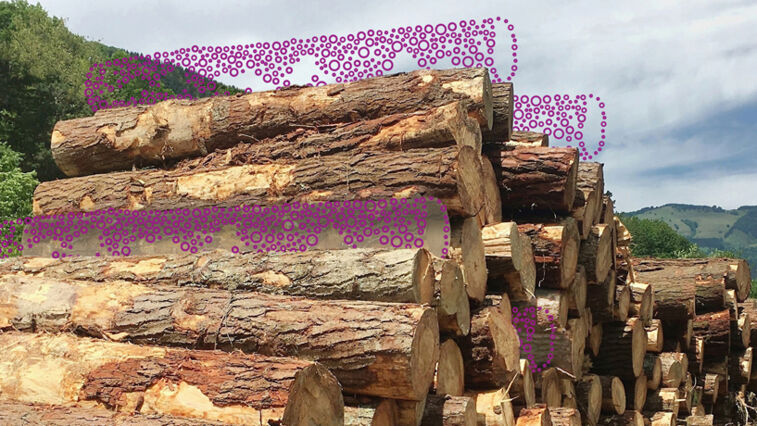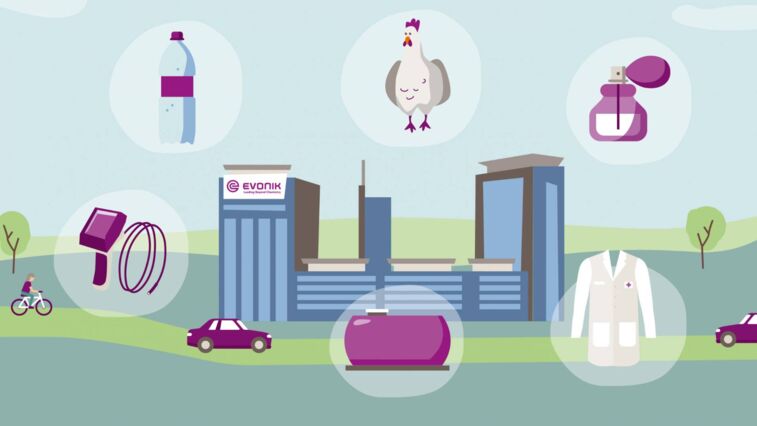
Efficient brightening and high brightness stability
Chemical and Mechanical Pulp
Chemical and mechanical pulp are the basic materials and primary fiber sources for paper production. The aim of pulp bleaching is to change the lignin contained in the wood by oxidation and thus brighten it. For chemical and mechanical pulp, Evonik offers peracetic acid and hydrogen peroxide, two efficient oxidants for pulp bleaching.
Pulp bleaching by oxidation with hydrogen peroxide
Hydrogen peroxide is applied as an universal bleaching agent in chemical and mechanical pulp bleaching. The bleaching conditions can be adjusted within a wide range to accommodate the actual plant conditions.
Kraft pulp is the most common pulp internationally. In H2O2 bleaching, alkaline conditions are required to produce the active bleaching species from this environmentally friendly oxidant - namely the perhydroxyl anion. In the multi-stage processes, the extraction stage can be used to add peroxide to increase the effect on extraction of the lignin. Furthermore, peroxide is added in the final bleaching stage to adjust a high and stable brightness. The application of hydrogen peroxide does not produce halogenated compounds in the pulp (OX) and in the effluent (AOX).
In the bleaching of Sulfite pulp, hydrogen peroxide is used as an exclusive bleaching agent or in combination with oxygen. In one- or two-stage processes, it enables a fully bleached final pulp.
Mechanical pulp, produced on the basis of conventional groundwood or modern refining technology (TMP or CTMP processes), can be bleached with hydrogen peroxide to excellent brightness levels. Fiber yield and fiber properties are maintained at very high levels.
For mechanical pulp, the conventional approach is to use H2O2 together with caustic soda or soda ash as alkali source, sodium silicate for stabilization and buffering, and a chelating agent to deactivate heavy metals in the incoming pulp.
Pulp Bleaching Applications

Chemical Pulp
Hydrogen peroxide is applied in multi-stage processes in the bleaching of Kraft as well as Sulfite pulp to achieve first-class brightness with optimized economy.

Mechanical Pulp
In the bleaching of mechanical pulp, H2O2 provides high brightness and high brightness stability, acts against aging and yellowing of the material, is readily biodegradable and does not burden the effluent.
Our Products
For bleaching in paper and pulp applications, we recommend our standard hydrogen peroxide grade HYPROX®.
PERACLEAN®, our standard peracetic acid grade, is particularly applied in TCF bleaching. There processes do not require any chlorine compunds.
Sustainability aspects of pulp bleaching
In the environmentally friendly bleaching of Kraft pulp, the use of elemental chlorine and hypochlorite is not needed anymore. In so-called TCF (totally chlorine free) pulp bleaching processes, chlorine compounds are replaced by oxidants such as oxygen, ozone, hydrogen peroxide and peracetic acid. In ECF (elemental chlorine free) bleaching some chlorine dioxide is still applied in the bleaching sequence.






